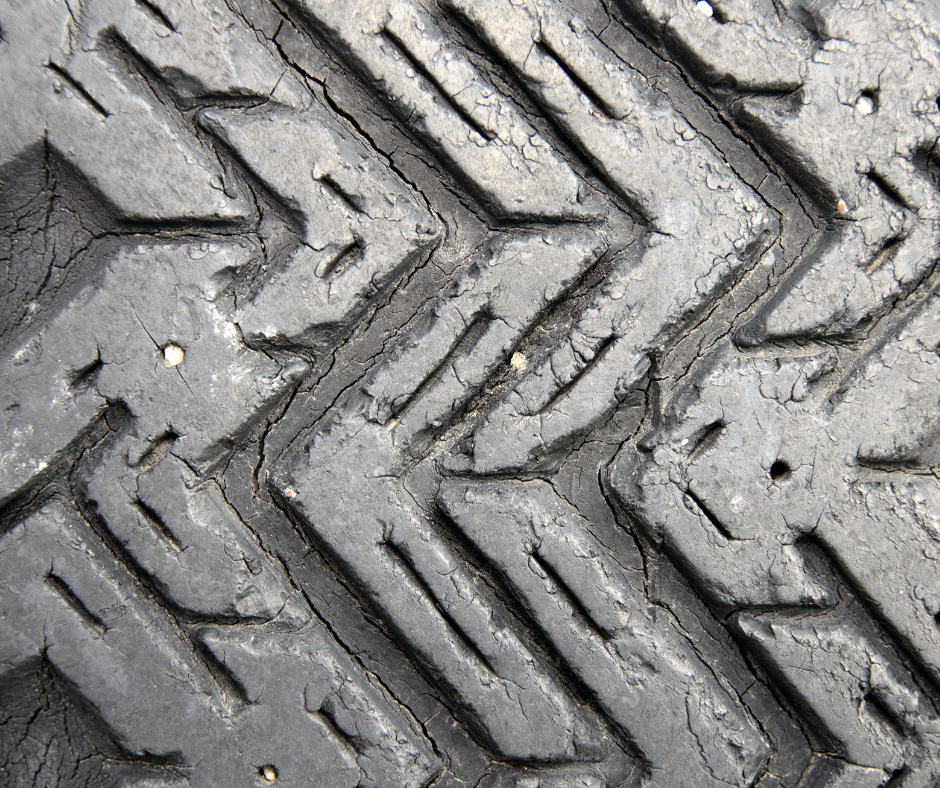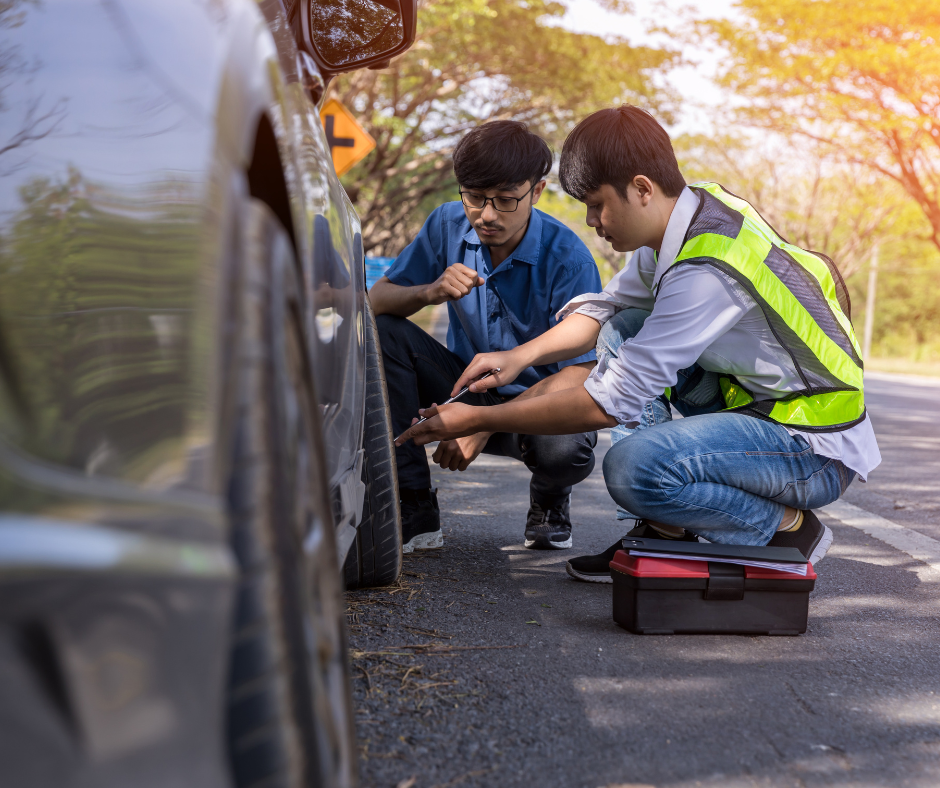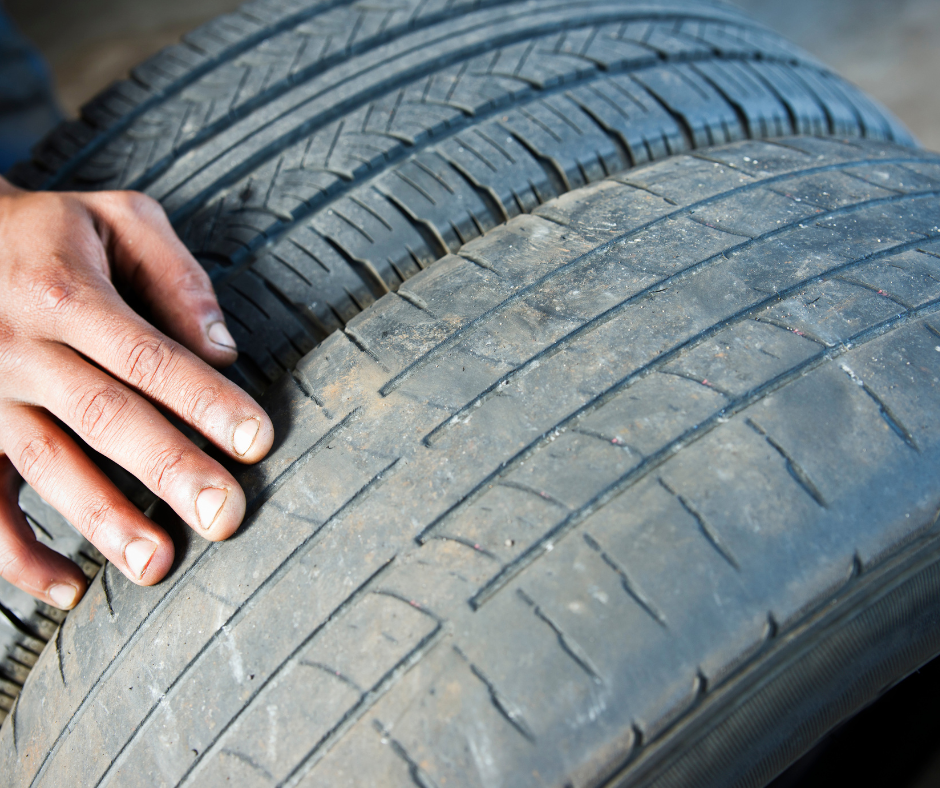Embarking on a road trip is an exciting adventure, but before you hit the open road, ensuring your car tires are in top-notch condition is crucial. Proper tire maintenance ensures you are secure and improves your car’s performance and fuel efficiency. Here are some essential steps from Hercules Tires to make sure your car tires are ready for the journey ahead.
Step 1: Check Tire Pressure
One of the simplest yet most important tasks is to check your tire pressure. Under-inflated or over-inflated tires can lead to uneven wear, poor handling, and even blowouts. Here’s what you need to do:
- Use a Reliable Gauge: Check the tire pressure using a reliable gauge when the tires are cold, preferably before you start driving for the day. If you need a tire pressure gauge, try this one from Hercules.
- Adjust as Needed: Inflate or deflate the tires to reach the recommended PSI (pounds per square inch).
Most cars tell you exactly how much air you need in the owner’s manual or a sticker on the inside of the driver’s door.
Be sure to check your tire pressure before any long trip – including the spare - as well as every 1,000 miles you travel. Also, if you encounter a significant change in temperature, be sure to check your tires again.

A tire gauge is a tool that can help read your tires' pressure at a moment's notice.
Step 2: Inspect the Tire Tread and Look for Damage
The tread on your tires provides the necessary grip for safe driving, especially in wet or slippery conditions. To ensure your tires have adequate tread:
- Use a Tread Depth Gauge: Measure the tread depth with a tread depth gauge. The legal minimum is typically 2/32 inches, but more tread depth is better for road trips.
- Perform the Penny Test: Insert a penny into the tire tread with Lincoln’s head upside down. If you can see the top of Lincoln’s head, it’s time to replace the tires.
- Check for Uneven Wear: Look for signs of uneven wear, which could indicate alignment or suspension issues that need to be addressed.
Visually inspecting your tires for damage can prevent unexpected issues on the road. Pay attention to:
- Surface Condition: Check for cuts, punctures, cracks, and blisters on the tire surface.
- Sidewall Damage: Examine the sidewalls for any visible damage or bulges, which can lead to tire failure.

f not taken care of prior, worn or damaged tire tread can cause significant problems on your road trip adventures.
Step 3: Rotate Your Tires
Regular tire rotation promotes even wear and extends the life of your tires. If it’s been a while since your last tire rotation, consider doing it before your trip:
- Follow Your Car’s Guidelines: Rotate your tires according to your car’s recommended pattern and interval, often found in the owner’s manual. This is typically every 5,000-8,000 miles, or as soon as you notice one side of tire tread is worn significantly faster than the other side.
- Professional Help: If you’re unsure, have a professional handle the tire rotation to ensure it’s done correctly.
A great habit is to have your tires rotated every time you get your oil changed. Even if a car’s tire pressure is correct, variations in suspension calibration, driving conditions, weight balance and road conditions will cause tires to wear at different rates.

Rotating your tires every 5,000-8,000 miles can ensure even tire wear and extend the lifespan of your tires.
Step 4: Carry Emergency Supplies
Prepare for the unexpected by carrying essential emergency supplies:
- Tire Repair Kit: A tire repair kit or an inflator/sealant can help fix minor punctures.
- Highway Emergency Kit: In addition to the Tire Repair Kit, a Highway Emergency Kit is also a good resource to pack when traveling. This one from Hercules includes slotted and Phillips screwdrivers, one pair of gloves, jumper cables, socket set, socket driver and tire gauge.
- Roadside Assistance: Keep contact information for roadside assistance services handy.

Having an emergency tire repair kit in your car can help in unexpected circumstances during your road trips.
Step 5: Replace Old and Worn Tires
Most tires have built-in “treadwear indicators,” which are raised sections that run in between the tire’s tread. When the tread is so worn down that it’s level with the tread indicator, it’s time to replace your tires. The penny test mentioned above is one easy way to check if it is time for new tires.
The lifespan of a tire is hard to predict, which is why it’s important to properly maintain your tires and have them checked regularly by a trained service technician.
If it is time to replace your tires ahead of your next adventure, visit a Hercules Tire Dealer near you.

Replacing worn tires before your road trip can help ensure you are confident when traveling to your next destination.

Ensure Your Tires are Road Trip Ready
Five Essential Steps from Hercules Tires